The dolmens
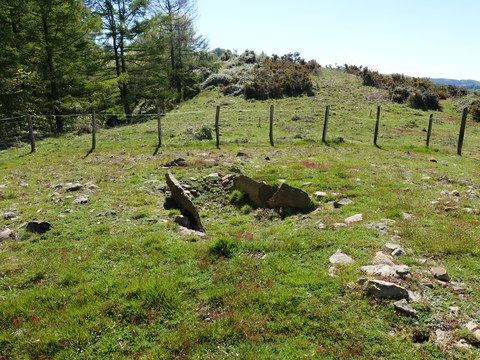
1.- Gizaburuaga
Today, two slabs of the original chamber are preserved. A stone tumulus, made with local basalts, can be seen around it. One of the slabs had fallen over, and during the reconstruction works it was put upright.
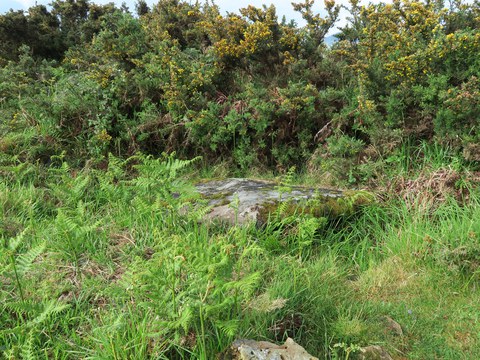
2.- Idoia (Iruia)
Only one slab from the original chamber is preserved. The stone tumulus, made with local basalts, can be sseen around it.
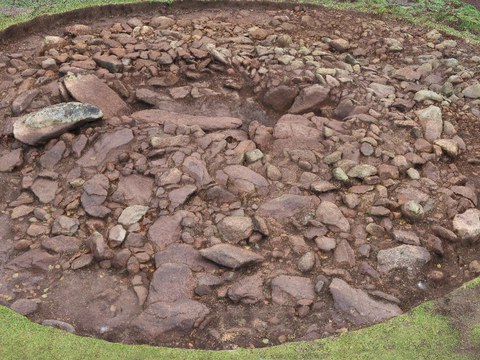
3.- Sabua
It is a small tumulus. No chamber has been found. It is located on a rocky outcrop, covered by grass, and it is hard to spot it in the relief of the terrain.
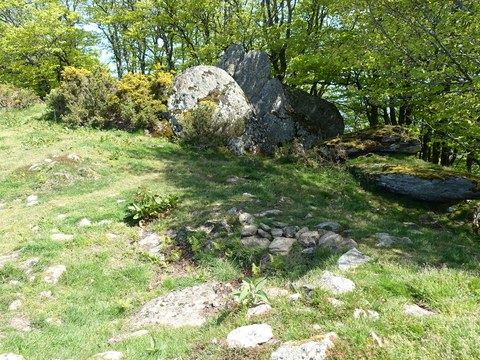
4.- Atxolin
Only one slab from the original chamber is preserved, and the stone tumulus, made with local basalts, can be seen around it.
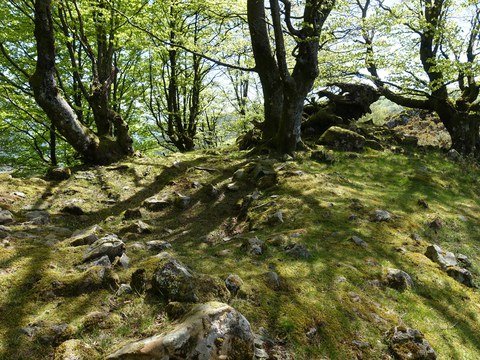
5.- Atxolintxiki I
No trace of the original chamber has been found. Only the tumulus, built with local basalts, is known. Right in the middle there is a hole of a depth of 0.6m.
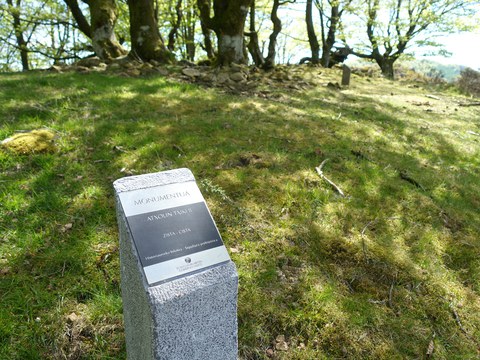
6.- Atxolintxiki II
There is a small chamber in the middle of a tumulus of stones. A large beech tree has grown above the structure.
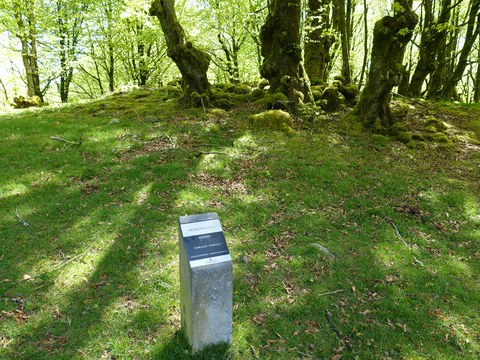
7.- Azkoin
There is no known chamber and the monument is composed of a large tumulus. There is a looting hole in the middle.
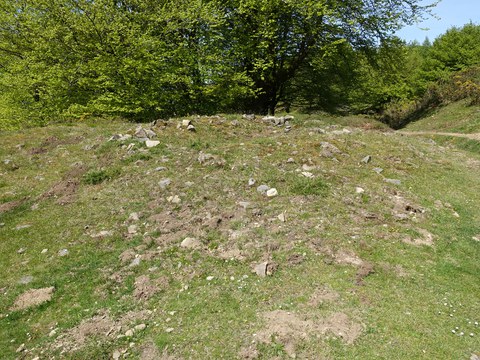
8.- Pagobedeinkatua
A circular tumulus, which shows a large hole in the middle most likely caused by looting. No chamber has been located.
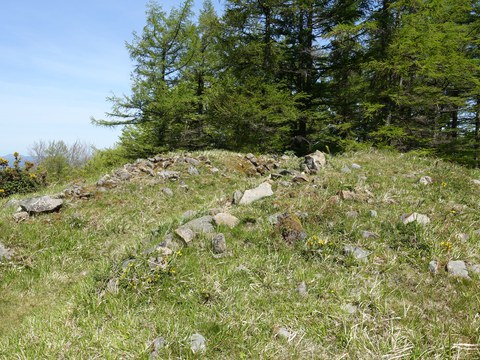
9.- Nasikogoena
No chamber is known. It is made up of a circular mound and from one side to the center a ditch can be seen.
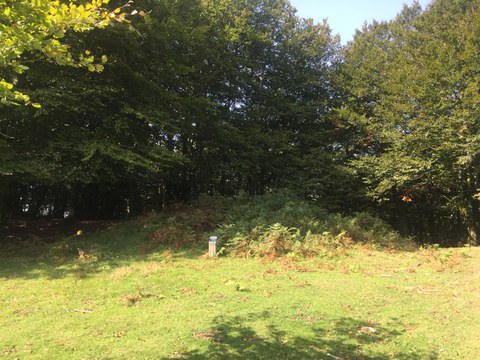
10.- Kurutzebakar
No chamber is known and it is composed of a circular barrow, which has a looting pit in the middle.
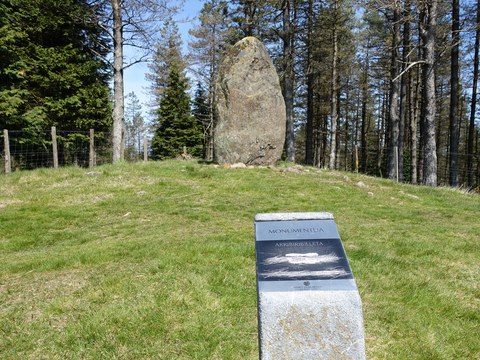
11.- Arribiribilleta
The monolith was lying on a small stone top. After the latest archaeological investigations, it was known that the monolith was a menhir, and it was decided to put it back upright.
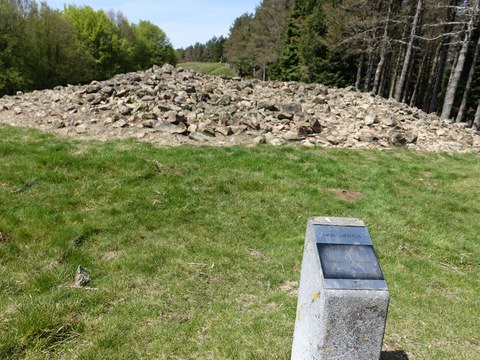
12.- Irukurutzeta
Only one slab of the original chamber is preserved, and around it there is a large stone burial mound, made with local basalts. In the center of the barrow is a large looting hole, and within this a single slab can be seen.
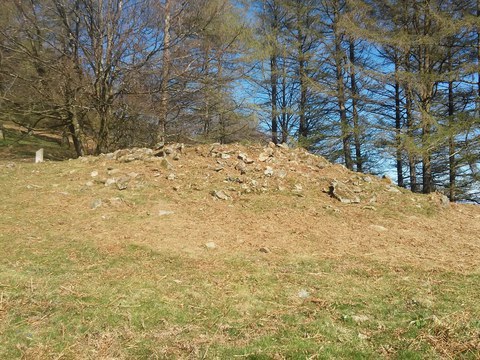
13.- Aizpuruko zabala
Today, only a slab of the original chamber is visible, around it you can see the stone mound, composed of local basalts. In 1921, however, 3 slabs were preserved and their orientation was east-west.
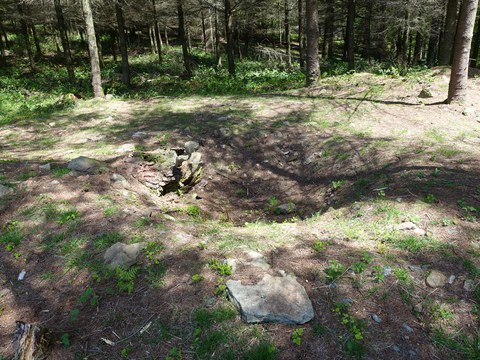
14.- Kerexeta
In this case, as in many others, the original structure was looted and only the stone burial mound can be seen. The tumulus, in the center, contains a hole 0.5 m high. There are doubts as to whether it was a dolmen, since next to the hole a slab could be seen, perhaps that slab was from a destroyed chamber.
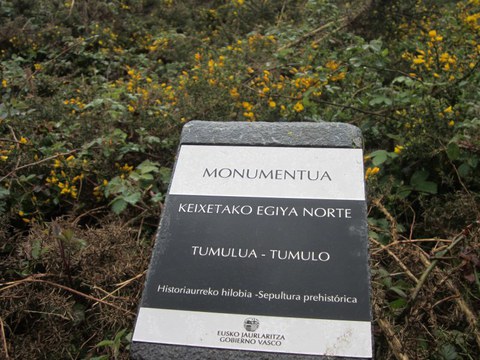
15.- Kerexetaegia Iparrekoa
Only the tomb of the monument is preserved, built with local basalt stones. In the burial mound you can see a hole 0.7 meters deep.
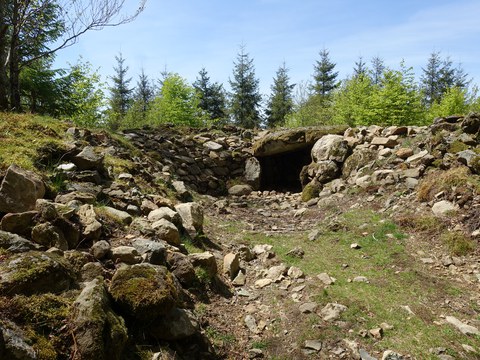
16.- Kerexetaegia Hegokoa
The burial chamber was made up of several slabs, and another larger slab covered said chamber. Above, a cairn of stones covered the entire structure. Of that original structure, only 3 slabs were preserved in 1921, the cover was fallen and the tumulus was open with a pit. What can be seen today is the result of a reconstruction based on scientific solutions.
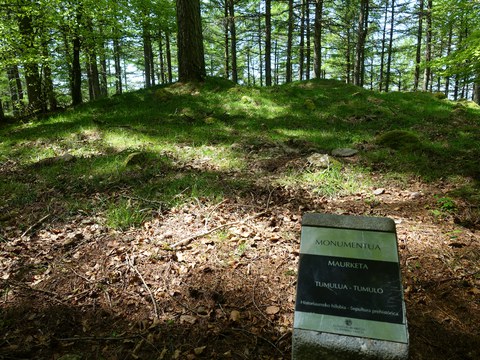
17.- Maurketa
No chamber is known and it is composed of a large burial mound. In the middle is a looting hole that opens up to the edge of the barrow.
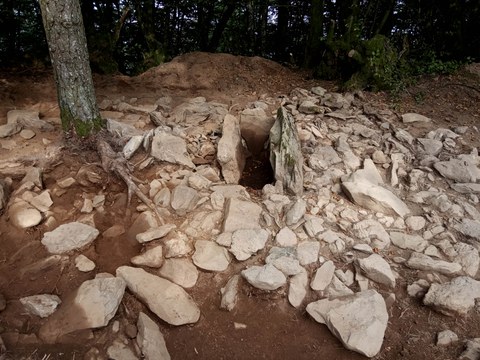
18.- Frantsesbasoa
It is a small funerary chamber, from which three slabs and a small burial mound have been recovered. These types of megalithic monuments are known as cists, and suggest individual use.
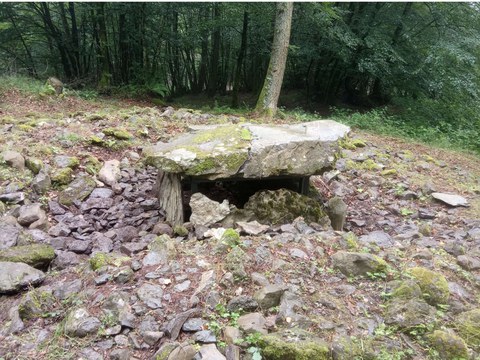
19.- Agirreburu
This dolmen was made up of a chamber of stone slabs covered by a burial mound. In the last excavation it was found that the structure, although deteriorated, is complete. It is one of the few elements in which human remains have been found.

